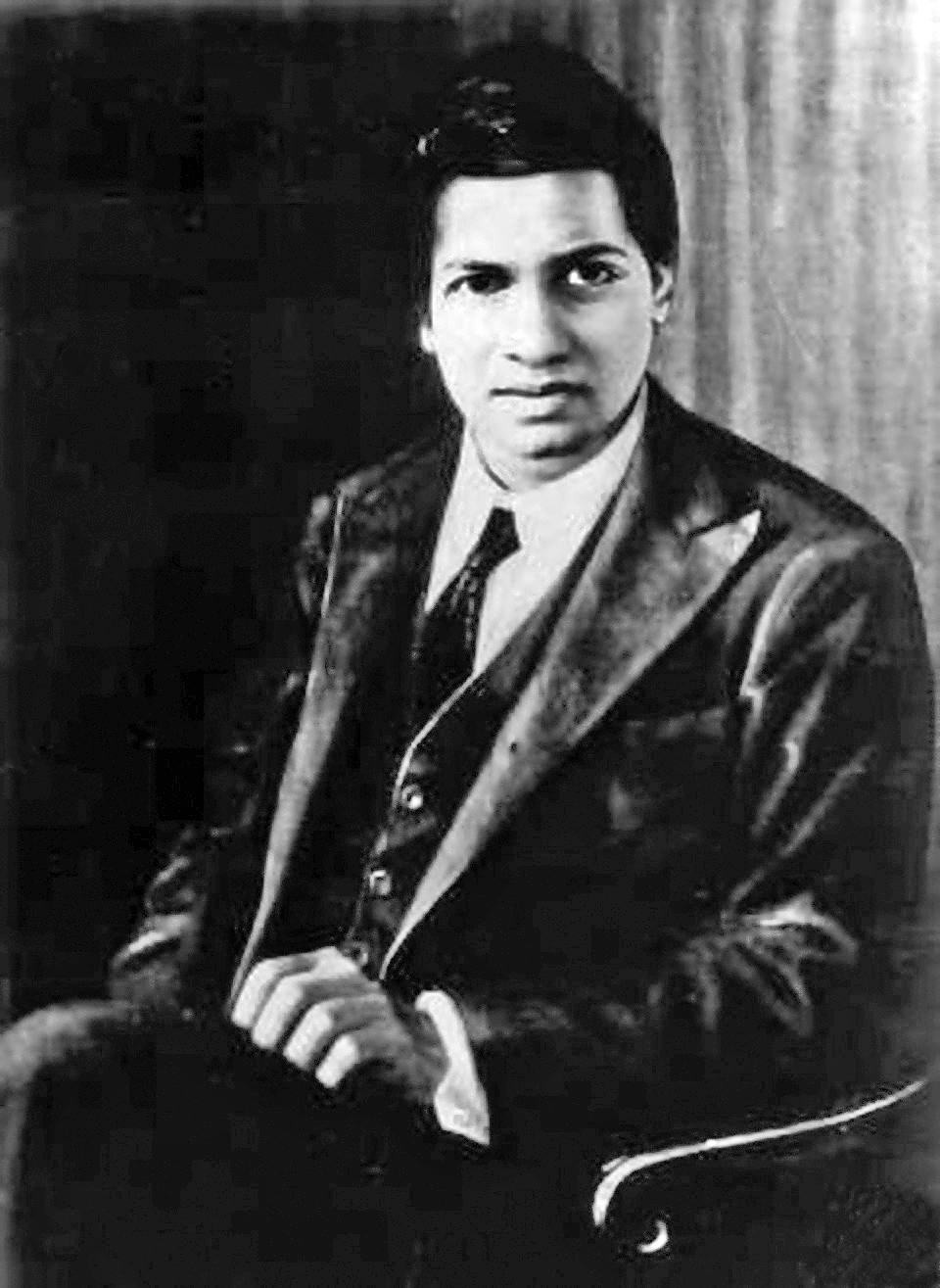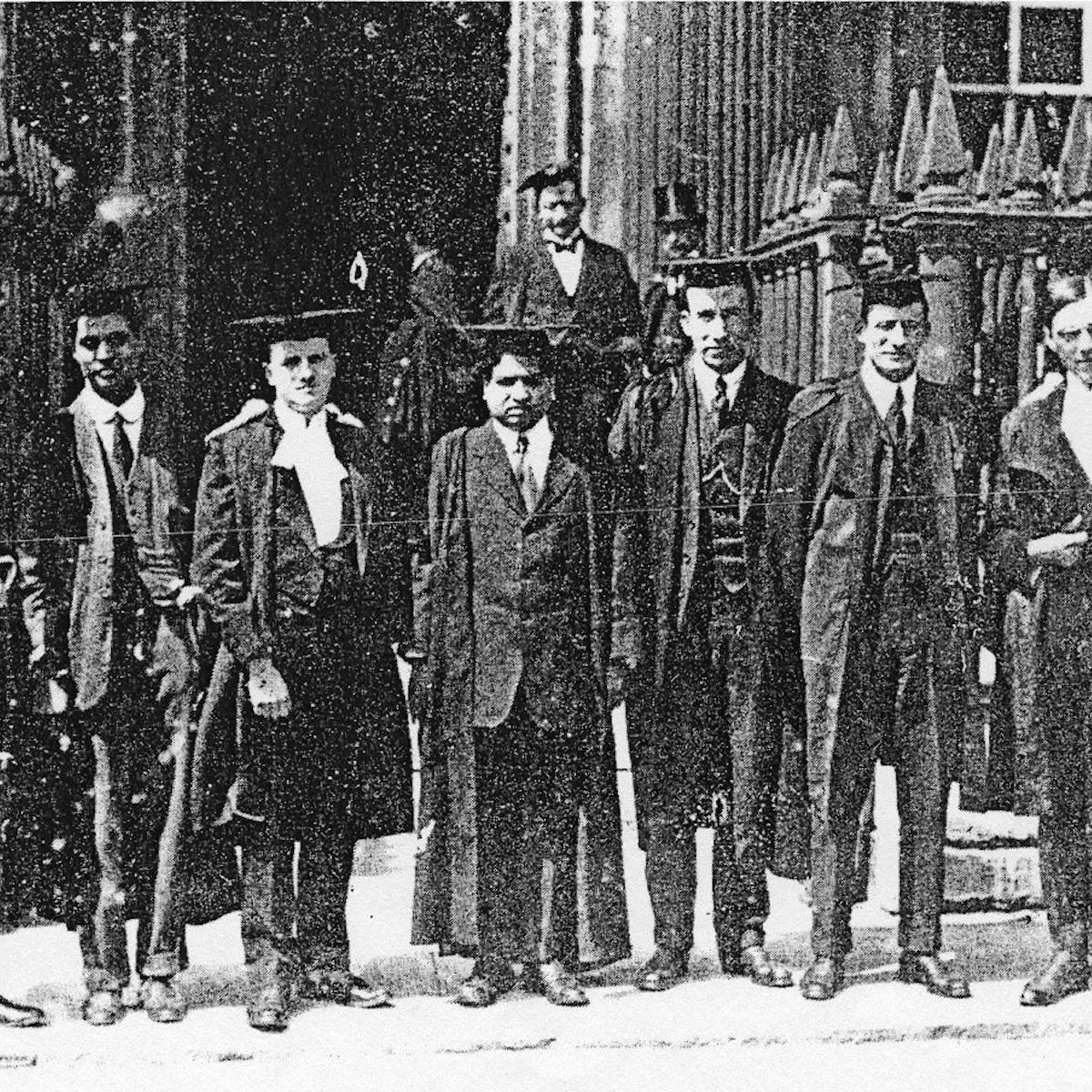December 22 is a glorious day for India and Indians. This day is celebrated as National Mathematics Day i.e. National Mathematics Day in the country. Let’s know interesting things related to Srinivasa Ramanujan’s life … Who was Ramanujan and why is National Mathematics Day celebrated?
It was on this date in 1887 that the great Indian mathematician Srinivasa Iyengar Ramanujan was born. To honour his life achievements, the Government of India declared 22 December i.e. his birth anniversary as National Mathematics Day. It was announced by the then Prime Minister Manmohan Singh during the inauguration ceremony of the 125th anniversary of the birth of Srinivasa Ramanujan at Madras University on 26 February 2012.

The great mathematician Srinivasa Iyengar Ramanujan was born on December 22, 1887, in a Brahmin family in Erode village, Coimbatore. Ramanujan’s father’s name was Srinivasa Iyengar. Ramanujan is counted among the greatest mathematics thinkers of the modern world. During his lifetime, he made extensive contributions in the areas of mathematical analysis and number theory. He is said to have had an interest in mathematics since childhood. Most of his time was spent reading and practising mathematics, which often earned him fewer marks in other subjects.
At the age of just 12, Ramanujan had mastered trigonometry and developed several theorems, without any help from himself. Ramanujan’s early education was in primary school in Kumbakonam. In 1898, he attended Town High School. It was here that he got a chance to read a book on mathematics. He was so impressed with this book that mathematics became his favourite subject. He also studied at Madras University. In 1911, he published a 17-page paper in the Journal of the Indian Mathematical Society based on Bernoulli numbers.
Later in 1912, he started working as a clerk in the Madras Port Trust to meet domestic economic needs. Where an English colleague admired his math skills sent Ramanujan to Professor GH Hardy of Trinity College, the University of Cambridge to study mathematics. Ramanujan was admitted to Trinity College a few months before the start of World War I. Hardy also helped Ramanujan get scholarships first at Madras University and then at Cambridge.

In 1916, he obtained a BSc degree in Mathematics. In 1917 he was elected to the London Mathematical Society. After which his fame was spread all over the world. It spread to Ramanujan compiled thousands of results as equations without any help. Many were completely fundamental such as Ramanujan Prime, Ramanujan Theta Function, Partition Formula and Mock Theta Function. He gave his theory on the Divergent Series. In addition, he worked on the functional equations of the Riemann series, the elliptic integrals, the hypergeometric series and the zeta function. The number 1729 is also popular as the Hardy-Ramanujan number.
In 1918 Ramanujan was elected a Fellow of the Royal Society for his research on elliptic functions and the theory of numbers. In the entire history of the Royal Society, no member of the younger age has been Ramanujan to date. In October of the same year, he became the first Indian to be elected a Fellow of Trinity College. After this Ramanujan returned to India in 1919. At the age of 32, on 26 April 1920, he breathed his last at Kumbakonam. Srinivasa Ramanujan’s biography ‘The Man Who Knew Infinity‘ was published in 1991. In 2015, the film based on The Man Who Knew Infinity was released. There are many such theorems made by Ramanujan, which are not less than a puzzle even today.
Author –?️ Arpit Sachan
https://arpitsachanh.blogspot.com/2020/12/srinivasa-iyengar-ramanujan-great.html?m=1
